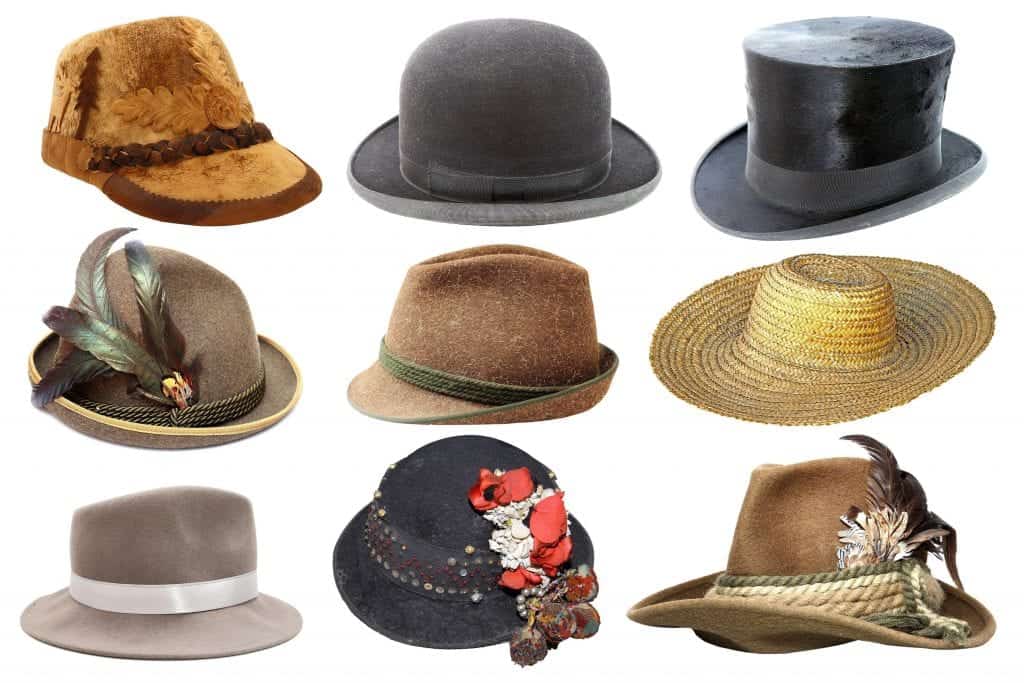During the course of 2016 the Gorvins Family Business Team blog will be writing about a specialised theme each month.
For January the theme is “hats”, a wholly appropriate theme for a firm based in Stockport which was once the centre of Britain’s hatting industry exporting more than 6 million hats a year by the late 19th century and is presently home to the UK’s only museum dedicated to the hatting industry, hats and headwear.
Formal Hats
Whenever we advise corporate clients we always use the hat analogy in the sense of differentiating between different roles a person can have in a company, so clients are aware of their rights and obligations; such as when wearing their “shareholder” hat in comparison to when wearing their “director” hat or “employee hat”, all of which are vastly diverse.
For example, we may tell a client that with their “director” hat on they can’t do XYZ, as that has to be done by them with their “shareholder” hat on in conjunction with the other shareholders. It’s vital to distinguish the difference with this as doing XYZ may have implications downstream on those in the business wearing their “employee” hats, which may need some careful consideration.
This analogy helps to focus minds on what hat is being worn for a particular role or activity and how that impacts the other hats that the same individual may wear as well as those hats worn by others involved in the business.
Casual Hats
Alongside Formal Hats you have the additional less formal hats, let’s call them Casual Hats, that can also be worn; such as those of leader, mentor, entrepreneur, manager, salesperson and problem solver to give just a few examples. These are roles which are all essential to the success of a business but which at times may not fit particularly well when worn by an individual alongside a Formal Hat or other multiple Casual Hats.
Family Hats
However, in family businesses, individuals will usually wear far more hats than the usual Formal Hats and perhaps some Casual Hats. For example, they will also wear some form of Family Hat whether that be as a parent, child, grandparent, grandchild, spouse/partner, 1st generation, 2nd generation, 3rd generation etc. Wearing these types of hats alongside Formal Hats and Casual Hats can cause conflict and tension as well as occasionally overbearing the wearer. In addition, the conflict and tension between all these different hats can spill over outside of business life and into family life.
Going Forward
So how can the hat wearers in family businesses help themselves going forward? The first stage is to take a step back, retract from focusing on working “in” the business and instead focus with an objective look “on” the business and work out what hats are being worn by whom. Once you identify what hats are being worn and who is wearing those hats then the focus should then be on working out how to reduce the conflict and tension that could possibly be caused. It may be wise to consider if some of the hats would be better worn by someone else who could do them more justice whilst alleviating the conflict and tension (both in business life and family life) and reducing the burden, allowing the original wearer to focus fully on the hats they are then left wearing.
Gorvins
Here at Gorvins our dedicated Family Business Team have a deep understanding of all the different hats that are worn in a family business and the tension that can be created as a result. As a result whilst we can give you the advice required on the Formal Hats, this is done in a practical, proactive and holistic way which takes account of our thorough understanding of the Casual Hats and Family Hats that are worn at the same time.
Christian Mancier, Partner and Head of the Gorvins Family Business Team

